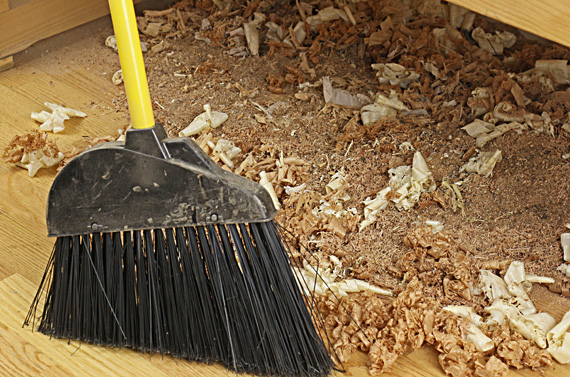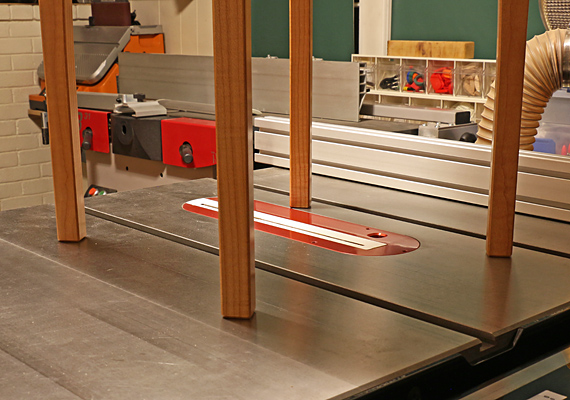
A good craftsperson never stops learning, so I have the habit of taking stock after completing a project to see what it has taught me. Often it is just a matter of reinforcing or reminding myself of things I already know – or “should know by now.” Here are some views from the caboose after a recent project.
1. It is so important to develop a solid design concept that you can trust throughout the tribulations and vicissitudes of building a project. Woodworking is not easy to do well, so you need the power of that concept to sustain your energy and optimism.
2. Make sure the design is good. You may need to redesign. Often, your early, unexamined assumptions are the most likely candidates to need refinement. Do not obsess, but do get it right.
3. 3M sandpaper products – regular sheets, flexible sheets, and random orbit discs – are flat out superior, and I see no point in using anything else. I can feel this stuff bite the wood like no other brand of abrasive that I have tried. Sandpaper is a tool.
4. Live edge wood furniture remains extremely popular, and I appreciate its appeal. But for now, I’m tired of it. I also have low regard for tables that consist of nothing more than a non-descript base under a slab.
5. Every effort in accurate, thoughtful stock preparation will likely be rewarded downstream in the building process.
6. Stock thickness disappears startlingly fast. Cupping, defects, and especially the dreaded twist, conspire to seemingly evaporate thickness. We are less likely to need a magical Board Stretcher than a Thickness Inflator.
7. Fiddly things drain energy and wear you down. These are things like altering hardware, fixing defects in wood, and finishing quirks. Plan to avoid them and find a better way.
8. The few minutes after making a mistake is the riskiest time for making a bigger mistake, maybe even the Big Mistake. Take a break, step back, and think.
9. I think it is true: if I were to make this again, I could do it in less than half the time.
10. Krenov was right: “Worry less, concentrate more, and above all, relax.”
Best wishes to you with your projects, and I hope you never stop discovering.


